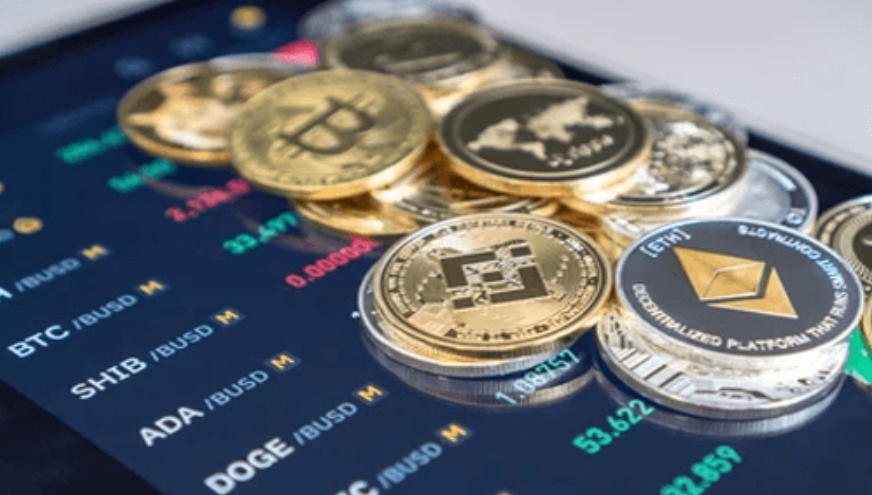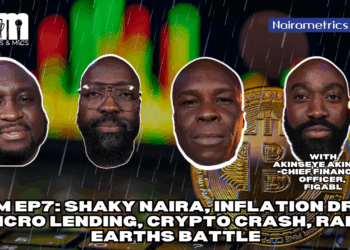The crypto market is still feeling the chills after nine weeks of consistent sell-offs. The flagship crypto, which has lost more than 33% of its value in just two months, is flashing red or amber on market indicators, from technical turnover.
In fact, the macroeconomic environment is far from supportive of an asset class now firmly viewed as volatile, risky, and vulnerable to inflation.
A Guggenheim executive, Scott Minerd predicted that bitcoin might drop to $8,000, indicating a more than 70% drop. Minerd said: “As long as Bitcoin keep breaking below $30K, $8,000 is the bottom. So, I believe we have a lot more downside potential, especially with the Fed being so restrictive.”
What you should know
Investors are already feeling nervy about the value of their assets as on May 9, Glassnode revealed that bitcoin at $33,600 has put 40% of investors underwater on their holdings.
- Global interest rates and geopolitical tensions may be causing concern, but U.S. stocks look to be confirming a bear market, and cryptocurrencies are not a popular investment in an era of near stagflation.
- Investors are also fleeing altcoins that include stablecoins that are deemed high-risk after the collapse of TerraUSD in early May.
- The CFTC revealed last week that traders have positioned themselves for a rise in bitcoin’s price, as evidenced by their largest net long position since the contract was launched in 2018.
- Since its peak of $69K on Nov. 10, the pioneer Crypto has lost more than half its value. A few weeks ago, it touched a 17-month low of $25,401, after hitting a 17-month low of $25,401 on May 12.
- The total value of all crypto assets is now at just $1.3 trillion, a mere fraction of its peak of $3 trillion in November.
- The bitcoin Fear & Greed index of market sentiment, which ranges from 0 to 100, is hovering at 13 according to data platform Coinglass.
Guggenheim’s chief investment officer also outlined that only two crypto assets are likely to survive in the long run — Bitcoin and Ethereum, two of the largest cryptocurrencies by market capitalization. Minerd noted that the majority of crypto assets are “junk” rather than currencies.
























